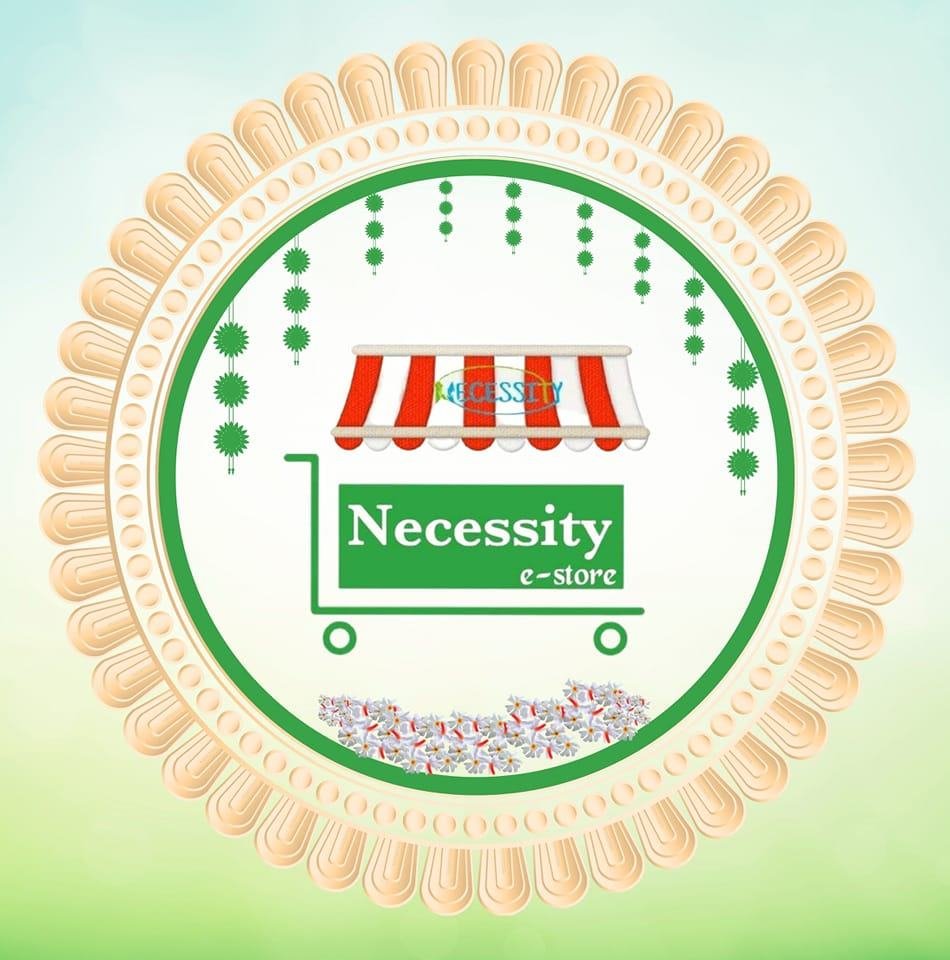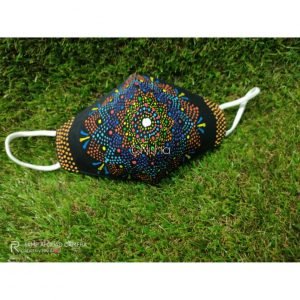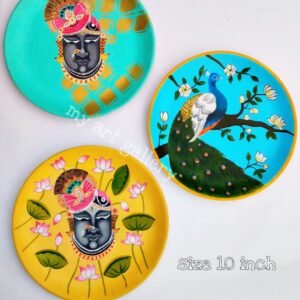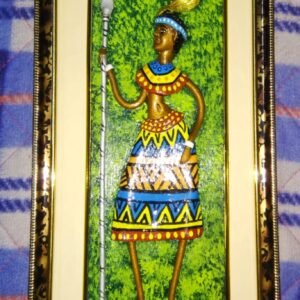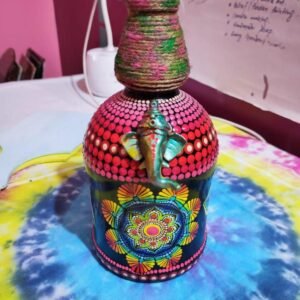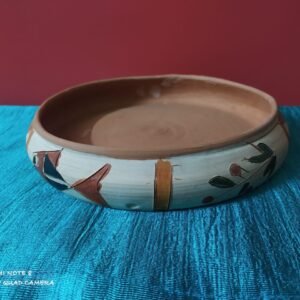Dashabatar Card

Dashabatar Card - A historical unique Artform
Dashavatar (Dashabatar) Cards is a card game inspired from Bishnu’s Ten Avatars of Bishnupur, Westbengal. Dashabatar Tash (Cards) are one of the unique example of Bengal’s folk art.
In the dynasty known as Malla dynasty which began in 694 A.D with Adi Malla (694-710), the First King, “Dashabatar Cards” started their journey. In 1592, Bir Hambir became king of Bishnupur. Seeing the game of Mughal Ganjifa with 96 cards in Badhsah Akbar’s court, he thought of creating a new card with God-Goddess. Prabhat Kumar Saha, an expert on Dashabatar cards said that Kartik Faujdar was the first person to make these legendary cards.
Sital Fouzdar claims to be the 87th generation of artisans. Nowadays, Vidyut Fouzdar makes them.
This represents the rich and cultural harmony of our Sweet Bengal. This ready to buy Dasabatar Cards deserve a “chai time” session with your Nabaratnas in your Dewane Khas.
Thank you.
The Dashabatar Lord Bishnu
Dashabatar or ten incarnations of Lord Vishnu are Matsya (fish), Kurma (turtle), Barah (boar), Nrisingha (a combination of man and lion together), Baman (dwarf), Ram (the central character in Ramayan), Balaram (the elder brother of Lord Krishna), Parshuram (sixth incarnation with an axe), Buddha (the ninth incarnation with peace) and Kalki (the avatar yet to come). According to Indian scholar Haraprasad Shastri, the cards first originated in the 8th century. He argued regarding the placement of Jagannath (Buddha) in the 5th position in the Dashabatar card, but in common belief, Jagannath is in the 9th position. The Dashabatar card game is a complicated one. It is played using 120 cards with numerous rules and regulations.
At first, the artists fold a piece of cloth a number of times, then glue is pasted, made from tamarind seeds. After drying this, the artist applies a layer of chalk dust to the cards. Both sides are evened out with a smooth stone. The cards are then cut into round shapes of a 4.5-inch radius. Using various colors artists draw deities and their symbols on these. On the reverse part, the artist applies a layer of lace and vermillion.
Related Products
-
Dot mandala Art mask
₹584.00Original price was: ₹584.00.₹399.00Current price is: ₹399.00. -
Hand Made flower vase
₹1,000.00Original price was: ₹1,000.00.₹693.00Current price is: ₹693.00. -
Hand-Painted Plate
₹4,000.00Original price was: ₹4,000.00.₹2,975.00Current price is: ₹2,975.00. -
Stone Dust Tribal figure wall hanging
₹799.00Original price was: ₹799.00.₹738.00Current price is: ₹738.00. -
Terracotta Water bottle
₹865.00Original price was: ₹865.00.₹594.00Current price is: ₹594.00. -
Dot painted glass bottle Ganesha Idol
₹1,745.00Original price was: ₹1,745.00.₹1,165.00Current price is: ₹1,165.00. -
Fruit bowl Of Terracotta
₹913.00Original price was: ₹913.00.₹646.00Current price is: ₹646.00. -
Creative Fish Man Painting
₹22,500.00Original price was: ₹22,500.00.₹15,449.00Current price is: ₹15,449.00.
FAQ's
Yes. You will find this on the instruction manual.
Thick paper.
No they are replicas.
Depends upon the product.
The original cards only have ten avatars printed on them. But in some traditions you may find lord Buddha or Jagannath printed cards.
Ganjifa art of Persian culture.
They are not weather cards so there is no specific weather to play those.
Yes. This traditional cards are not only used for playing but are one one of the best decor piece of any aesthetic home.
Though it depends on the product but traditionally the Dashabatar set is a pack of 120 cards with 10 suites of 12 cards each
As they are made from thick paper so there might be a chance of catching damage from water. But there no chance of color fading.
